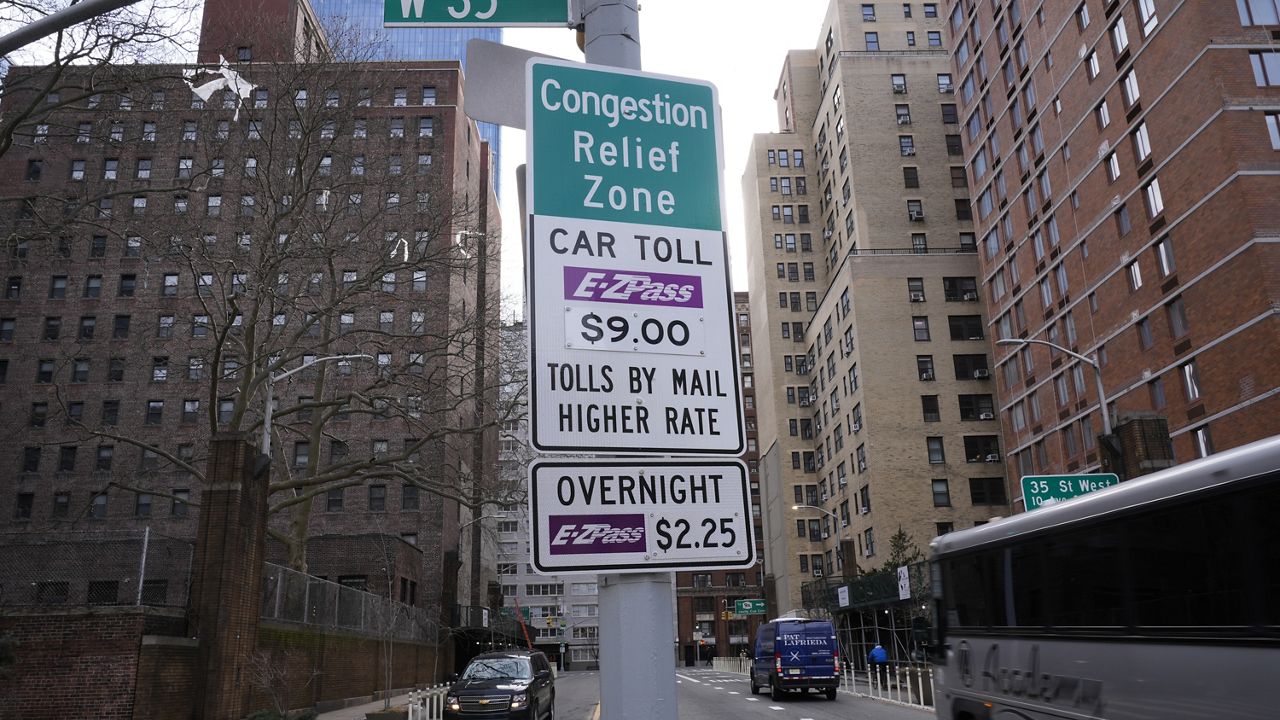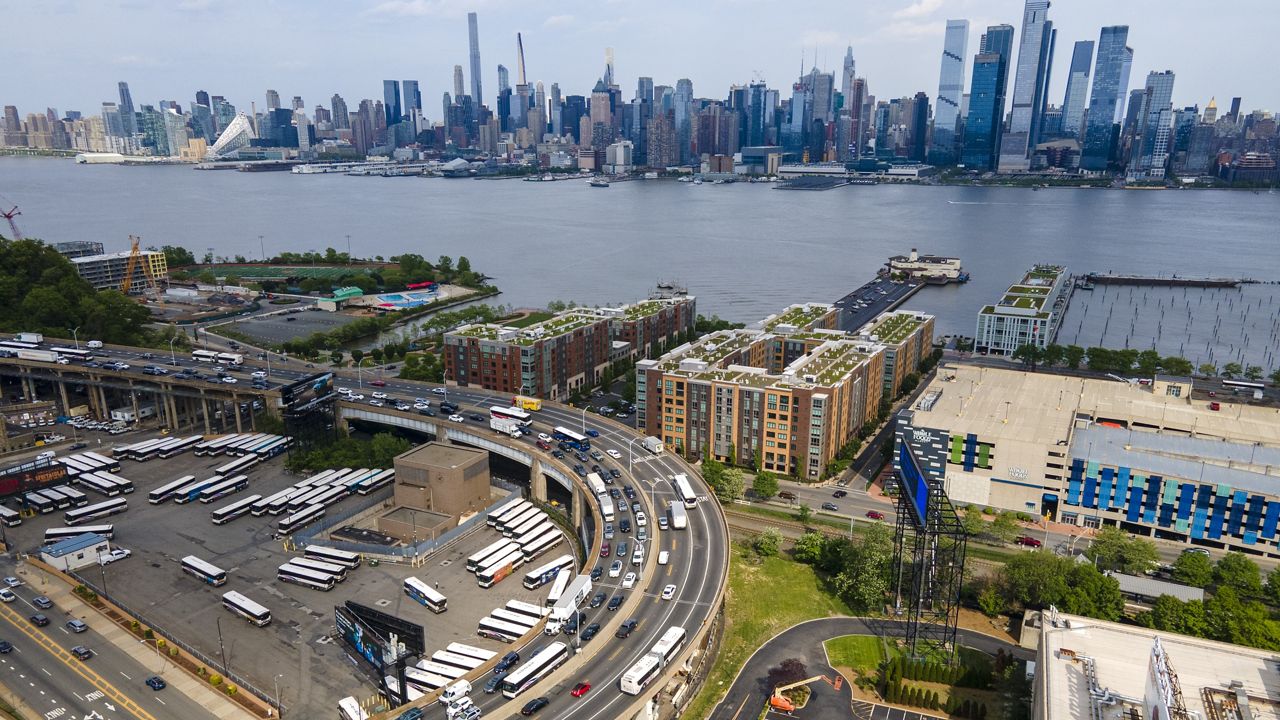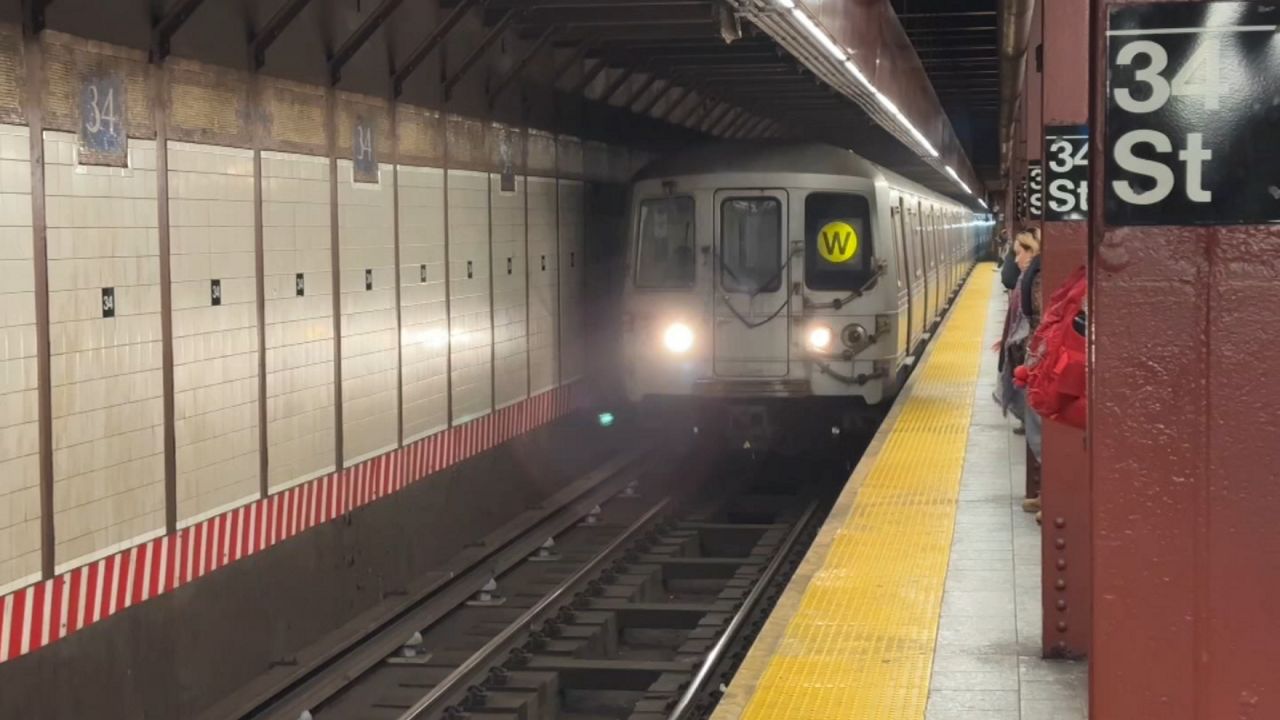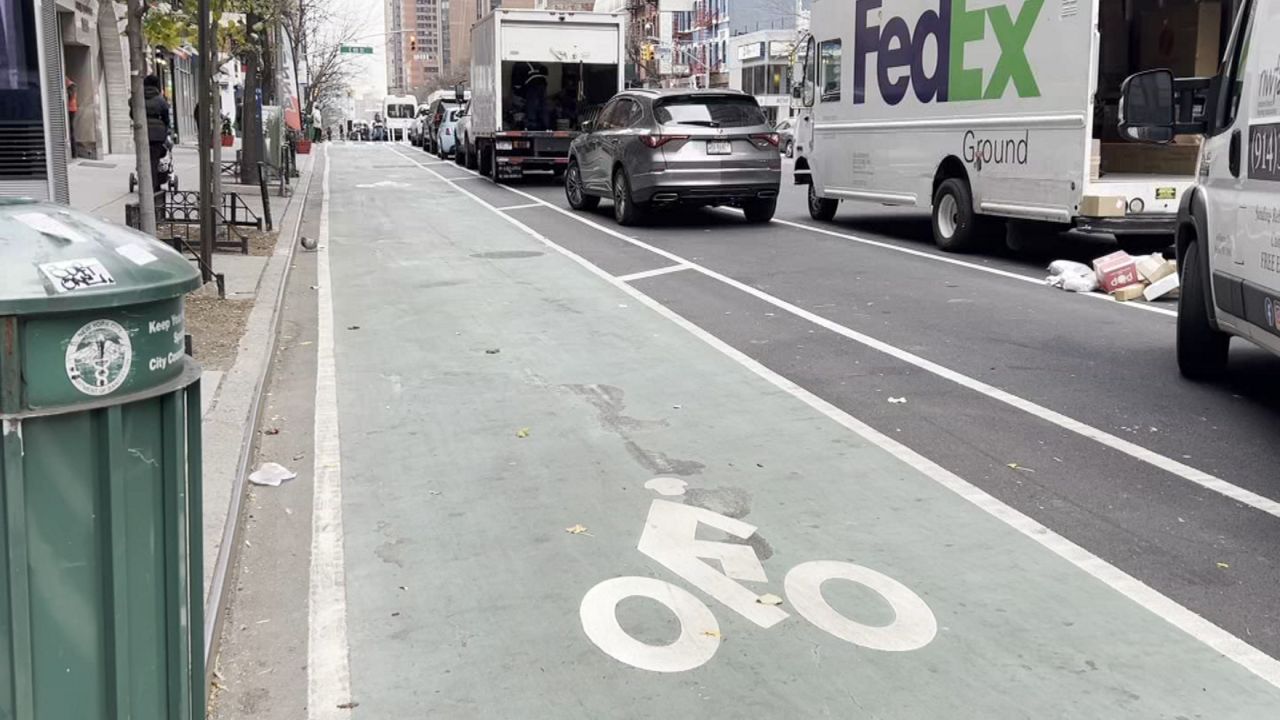It’s a marvel of modern engineering—historic and important to the nation’s economy, carrying 300,000 vehicles per day. And since 2013, a massive $2 billion state-of-good-repair project has been underway to restore the George Washington Bridge.
“The process for replacing the suspender ropes and doing the main cable rehabilitation is very time consuming,” said Ken Tripaldi, the senior engineer of construction for the Restore the George Program at the Port Authority of New York and New Jersey. “The main cables are the backbone of the bridge. Each one of the main cables is made up of 26,474 individual wires. The wire in the four main cables themselves, if you unravel that, that’s more than 100,000 miles.”
Tripaldi said replacing the suspender ropes that connect the main cables to the bridge is a challenge.
“There are 592 suspender ropes, each one of the suspender ropes is like a twisted wire rope, like you see, and it spans, and it’s about 3 inches in diameter,” Tripaldi said. “And they vary in length depending on where they are on the bridge.”
It’s the first time they’ve been replaced since the bridge opened in 1931. They wrap around the main cables on what’s called a cable band. And underneath, the main cables are also being rehabbed.
“The 26,474 individual wires that were compacted into this 3-foot diameter tight, then it was wrapped tight with an outer wire to hold it tight and painted to protect it,” Tripaldi said.
That wrap gets removed, the wires cleaned and it’s rewrapped and coated with paint before being put back in the same location.
“This was a new addition that wasn’t on the original structure,” Tripaldi said. “This elastomeric wrap is a new protective layer to keep the cables dry and also airtight, because we added a new dehumidification system.”
He said even without that system, the cables were in good shape. But the hope is that all the work now will mean no more work will be needed for a long time.
“It’s a vital link to the northeast region, so we need to do, and the Port Authority is doing whatever it can to continue to maintain that,” Tripaldi said. “We’re definitely hoping that this will give the bridge another 100-plus years, easy.”
The project will also benefit cyclists and pedestrians; a new south walkway, complete with a ramp for people with disabilities on the New York side will open in 2027.
But the work won’t be done. The next phase will be under the apartments near the bridge, on top of I-95, which will result in improvements at street level as well.


_CC_PKG_Restore_the_George_131924794_9?wid=320&hei=180&$wide-bg$)






_PKG_CONGESTION_PRICING_HISTORY_CG)